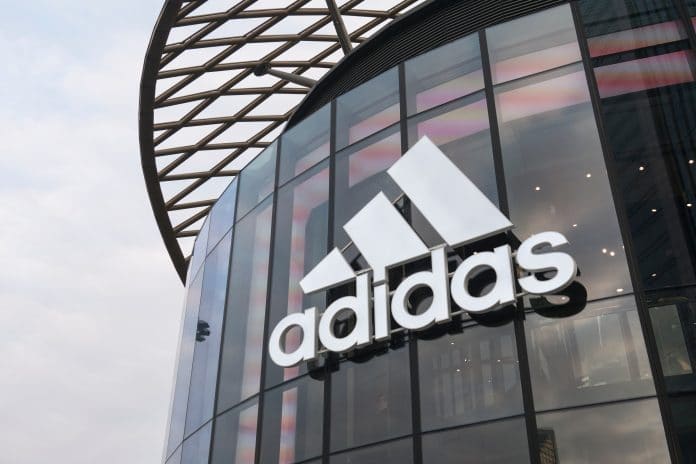In the retail industry, the word multichannel is no longer a buzz word. In actual fact it‘s now been taken over by its much cooler new equivalent “omnichannel”. Jokes aside, many now accept that multichannel IS retail and there is a sense that we‘re entering a more mature phase for the industry. The story is very different in other segments of consumer spending such as branding and leisure where multichannel still has a long way to go.
There are only a few hardliners left in the retail world with no transactional presence. They are mainly in the deep discount (e.g. Primark) and convenience (e.g. Budgens) segments, which as demonstrated by the recent pullout of Poundstretcher from B2C e-commerce, are not easy to get right.
It is not so long ago that retail Boards were still pondering over whether online would cannibalise their stores, dismissing the fact that their customer base would shop online, or arguing that their product category was not fitted to an online model. Particular segments of scepticism included older or poorer customer bases : over 55s now represent the largest online customer group at over a quarter; or products where the experience and need to touch and feel were paramount : apparel and luxury are now the fastest growing sub-segments of online retailing.
These barriers have fallen over the weight of evidence and the debate has now shifted from “whether to do it” to “how to do it”. The challenge for retailers is now around multichannel integration, not around multichannel adoption.
The same cannot be said for brands. Many brands were either late in the e-commerce game (e.g. Zara), or are yet to take their first online plunge. Few offer a full range of products and even fewer are considered to be at the leading edge of the industry with some notable exceptions such as Burberry. Many brands still entirely outsource their online distribution, either to platforms like Amazon or eBay, or to third parties like Yoox.
Take the luxury industry as an example. A recent eNova study concluded that only 70 per cent of luxury apparel brands have their own transactional websites and many of those who are have a limited product selection on offer.
In the branded space, barriers for mass embrace have less to do with perceptions that customers won‘t spend online or the need to touch and feel, and more to do with relationships with retailers, department stores in particular. Only a few years ago it was unthinkable that a brand could bypass their distributors and sell directly to customers. But that barrier, like every other before it in multichannel, is falling and brands will eventually join in on the multichannel frenzy, creating a critical change in the whole consumer goods landscape: The relationship with the consumer will increasingly move back from the retailer to the brand owner. This is a challenge some call the “commoditisation of retail” and will force retailers to think even harder about their differentiation, service and convenience propositions.
Retailers face another wave of change with the “multichannelisation” of the services industry (see our article on shopping centres): trying like brand owners, to regain control of a part of the customer journey that used to belong to retailers. Even British Airways just launched a pooled shopping portal encouraging people to earn and spend their Avios points through selected partners.
Multichannel as a whole is still a long way from maturity and the fact that most retailers now have a transactional website and are talking about their multichannel capabilities is far from demonstrating market maturity. Big waves of changes will come from brands and service providers, which will yet again modify the balances of power.
Who will win? The consumer. The powers owned by retailers (store physical presence and size used to be the determining factors), that have already shifted to onli
RELATED STORIES

















